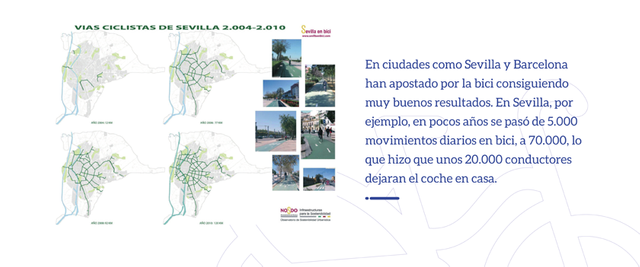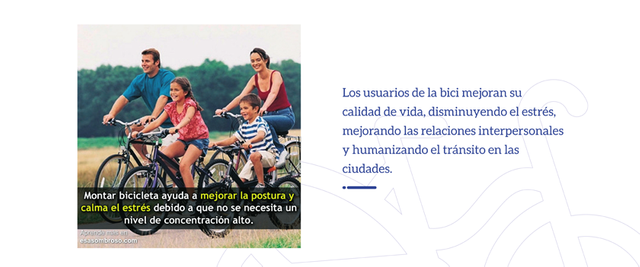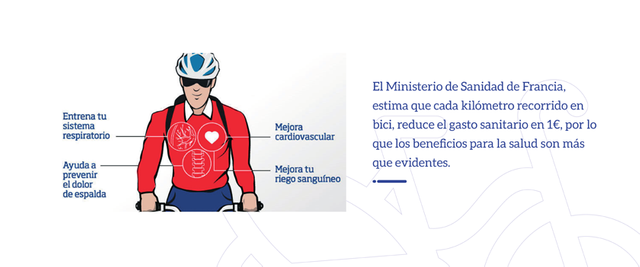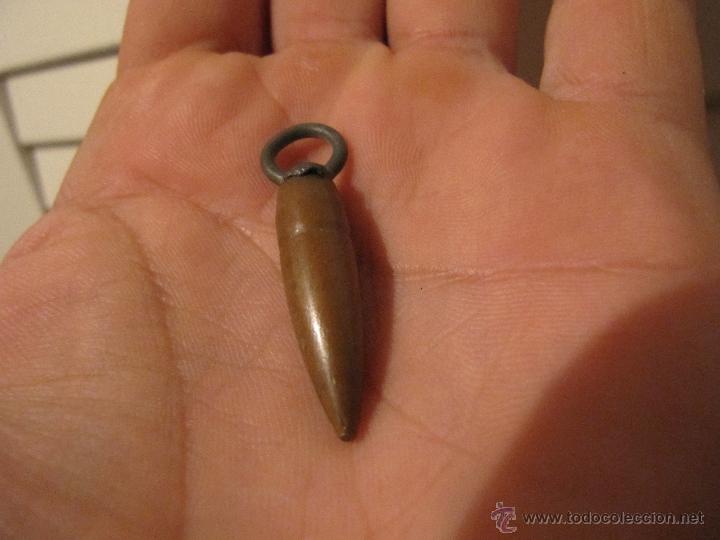
Fuente: propia
Hay ciudades que que no están hechas para las bicicletas, como es el caso de Las Palmas de Gran Canaria, una ciudad donde el coche es su dueño y señor y es el causante de los cotidianos atascos y del malestar de miles de ciudadanos.
No tienes que andar mucho para darte cuenta de lo que digo, a las primeras de cambio te encuentras con coches por todos lados, aquí y allá, sin dejarnos casi sin respirar y tal cantidad de coches nos perjudican a la hora de desplazarnos, arruinando las efectividad de otros medios de transporte porque se ven enredados en esa telaraña automovilística que los convierte en ineficaces.
El Ayuntamiento de esta ciudad se ha empeñado, con acierto, en establecer un conjunto de carriles bici que atraviesan la parte baja de la ciudad, para intentar hacer de esta metrópoli, una ciudad más amigable y también más sostenible.
Porque está claro que cuando una ciudad apuesta por las bicicletas, es una ciudad que apuesta por sus ciudadanos y existen muchos ejemplos en el mundo, pero también aquí en España. Un caso destacado es la ciudad de Sevilla, que he apostado decididamente por el uso de la bicicleta y los resultados no pueden ser más esperanzadores.

Fuente
La ciudad de Las Palmas de Gran Canaria ha empezado a crear su red de carriles bici y algunos ya están levantando la voz porque estos carriles bici le están quitando aparcamientos y aquí entra, de manera rotunda, la dictadura del coche,que se impone a todo lo que no sea desplazarnos sin este vehículo a cuatro ruedas.

Fuente
Y los argumentos no pueden ser más peregrinos, diciendo que son unos carriles bici que nadie va a usar, pero resulta que, en las ciudades donde se han implantado los carriles bici, al final se terminan inundando de bicicletas, porque trasladarse en bici por unos carriles seguros es una opción más que factible y el ciudadano termina comprendiendo que es más rápido desplazarse en bicicleta que hacerlo en coche.
Yo llevo ya más de un año desplazándome a mi trabajo en bicicleta y tengo que decir que la experiencia es satisfactoria, ya no solo porque estoy contribuyendo, con mi granito de arena, a reducir la contaminación, sino que también estoy colaborando a reducir el número de vehículos a motor en esta ciudad y a mejorar mi salud.

Fuente
Sin lugar a dudas cuando se termine la red carriles bici, esta ciudad dará a un paso hacia delante, un paso hacia la modernidad, con la dirección inequívoca, de tener una ciudad para los ciudadanos y no una ciudad para los coches.








